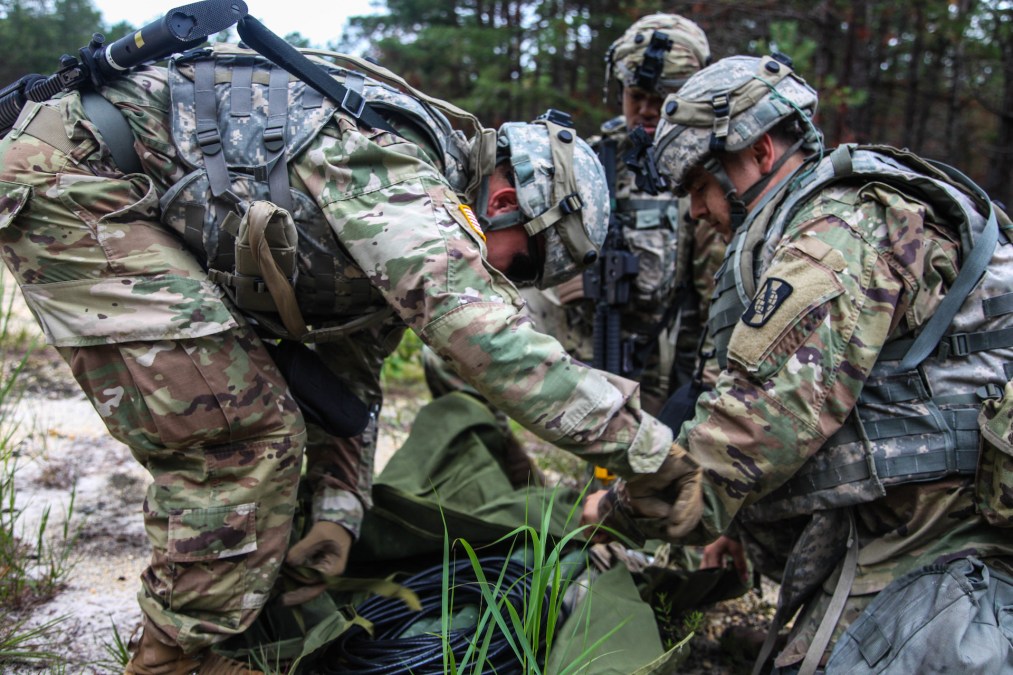JON HARPER

Modernizing the Army’s network and command-and-control capabilities is leadership’s top “transformation” priority as they try to prepare the force for future battlefields, newly sworn-in chief of staff Gen. Randy George said Tuesday.
George, who previously served as the vice chief, was confirmed for his new role last month. He and other senior officers want to adapt how the service fights, organizes, trains and equips. That includes developing new human-machine integrated formations. Related concepts and technologies are being tested through exercises and experimentation venues like Project Convergence.
When Army Futures Command was established a few years ago to help drive modernization with cross-functional teams, the network was fourth on the list of priorities. Since then, it’s been getting even more attention.
“Our number one priority when it comes to transformation is the network. Command and control is foundational to how we fight. Frankly, a lot of the systems that we have today just don’t support effective C2,” George noted during a keynote address at the annual AUSA conference.
Officials want to equip soldiers with easy-to-use tools, including common controllers for robotic platforms.
“On today’s battlefield a commander … should be able to C2 a fight with simple tech — a tablet, for instance — equipment that is agile, mobile and updatable,” George said.
Emerging technologies like machine learning and autonomy will be important enablers to help the service better manage data and employ its forces, he noted.
The next Project Convergence experimentation event will focus on establishing “kill webs” across the joint force and with allies and partners, as the Pentagon pursues its new Joint All-Domain Command and Control (JADC2) warfighting construct to better connect sensors and shooters. “I know that we will learn a great deal,” George said.
Managing electronic emissions to make it harder for adversaries to target U.S. troops, is also top of mind.
Things like antenna farms and “endless server stacks” are easy to detect and generate too much electromagnetic signature, in George’s view.
“If we slog around the battlefield with massive operations centers, which are difficult to set up and often contractor-supported, we will get pounded,” he said. “The Russians are learning this lesson several times a day [in Ukraine]. And we will not learn the hard way.”
No comments:
Post a Comment